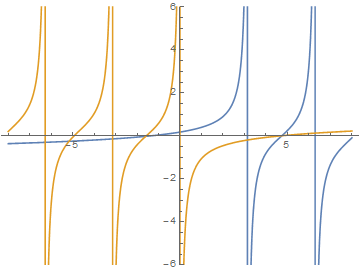Gamma function arises when we consecutively differentiate an Appell sequence. An example of Appell polynomials are Bernoulli polynomials. When we differentiate it, the factors combine with themselves:
$$B_n'(x)=nB_{n-1}(x)$$
$$B_n''(x)=n(n-1)B_{n-2}(x)$$
$$B_n'''(x)=n(n-1)(n-2)B_{n-3}(x)$$
They are just another name for Hurwitz Zeta function:
$$B_n(x) = -n \zeta(1-n,x)$$
Thus, for $f(s,q)=\zeta(s,-q)$
$$\frac\partial{\partial q}f(s,q)= s f(s+1,q)$$
$$\frac{\partial^2}{\partial q^2}f(s,q)= s(s+1) f(s+2,q)$$
$$\frac{\partial^3}{\partial q^3}f(s,q)= s(s+1)(s+2) f(s+3,q)$$
Since Reihmann zeta is Hurwitz zeta evaluated at $q=1$, the expression you give is apparently consecutive derivative of Hurwitz Zeta, with factor $\pi^{-s}$ appearing if we normalize Hurwitz Zeta by stretching it horizontally by factor of pi.
Consecutive derivatives of Hurwitz Zeta in turn are nothing more than just polygamma function.
For instance, here is the function $-1/x$:
http://storage6.static.itmages.ru/i/14/0910/h_1410327935_9959844_7e87ae4078.png
If we add infinitely many similar functions with a shift of pi/2 each in both directions, we get $\tan x$. But if we do the same only in one direction, we get "incomplete tangent":

The yellow one is $\operatorname{pg}(x)=\frac 1\pi \psi (\frac x\pi)$, the blue one is $\operatorname{cpg}(x)=-\frac 1\pi \psi (1-\frac x\pi)$. They obey $\operatorname{cpg}(x)+\operatorname{pg}(x)=-\cot(x)$.
Now if we differentiate cpg(x) we get:
$$(\operatorname{cpg}(x))^{(s-1)}=\pi^{-s}\Gamma(s)\zeta(s,1-\frac x\pi)$$
Compare it with yours formula:
$$\xi(2s) = \pi^{-s}\Gamma\left(s\right)\zeta(2s)$$
